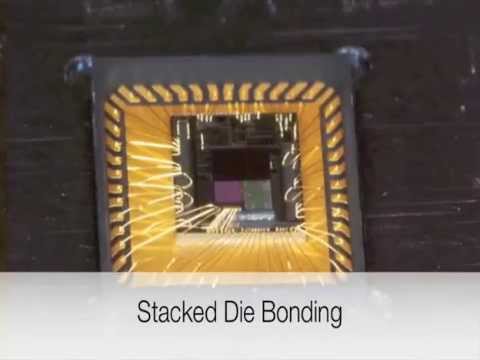Unlock IC PIC18F45K80 Binary
Unlock IC PIC18F45K80 Binary which integrated the content code from both flash and eeprom memory, extract firmware out from MCU and recover program to new Microcontroller PIC18F45K80;

Getting started with the PIC18F45K80 family family of 8-bit microcontrollers requires attention to a minimal set of device pin connections before proceeding with development.
The following pins must always be connected:
· All VDD and VSS pins (see Section 2.2 “Power Supply Pins”)
· All AVDD and AVSS pins, regardless of whether or not the analog device features are used (see Section 2.2 “Power Supply Pins”) if Unlock IC
· MCLR pin (see Section 2.3 “Master Clear (MCLR) Pin”)
These pins must also be connected if they are being used in the end application:
· PGC/PGD pins used for In-Circuit Serial Programming™ (ICSP™) and debugging purposes (see Section 2.5 “ICSP Pins”)
· OSCI and OSCO pins when an external oscillator source is used
(see Section 2.6 “External Oscillator Pins”) Additionally, the following pins may be required:
· VREF+/VREF- pins are used when external voltage reference for analog modules is implemented.
The use of decoupling capacitors on every pair of power supply pins, such as VDD, VSS, AVDD and AVSS, is required.
Consider the following criteria when using decoupling capacitors if reading IC pic18f2450 program:
· Value and type of capacitor: A 0.1 mF (100 nF), 10-20V capacitor is recommended. The capacitor should be a low-ESR device, with a resonance frequency in the range of 200 MHz and higher. Ceramic capacitors are recommended.
· Placement on the printed circuit board: The decoupling capacitors should be placed as close to the pins as possible. It is recommended to place the capacitors on the same side of the board as the device. If space is constricted, the capacitor can be placed on another layer on the PCB using a via; however, ensure that the trace length from the pin to the capacitor is no greater than 0.25 inch (6 mm) after reading microcontroller pic18f2455 flash.
Handling high-frequency noise: If the board is experiencing high-frequency noise (upward of tens of MHz), add a second ceramic type capacitor in parallel to the above described decoupling capacitor. The value of the second capacitor can be in the range of 0.01 mF to 0.001 mF. Place this second capacitor next to each primary decoupling capacitor. In high-speed circuit designs, consider implementing a decade pair of capacitances as close to the power and ground pins as possible (e.g., 0.1 mF in parallel with 0.001 mF).
Tags: unlock ic embedded archive,unlock ic embedded code,unlock ic embedded content,unlock ic embedded data,unlock ic embedded eeprom,unlock ic embedded file,unlock ic embedded firmware,unlock ic embedded information,unlock ic embedded memory,unlock ic embedded program

